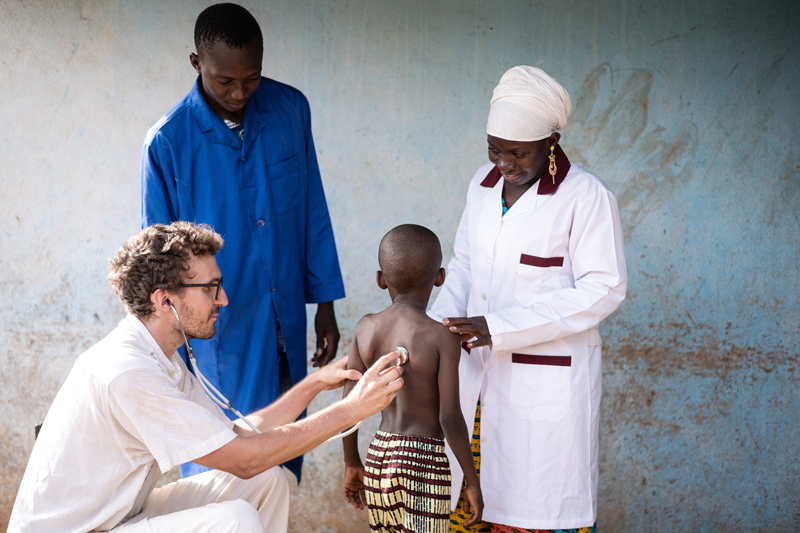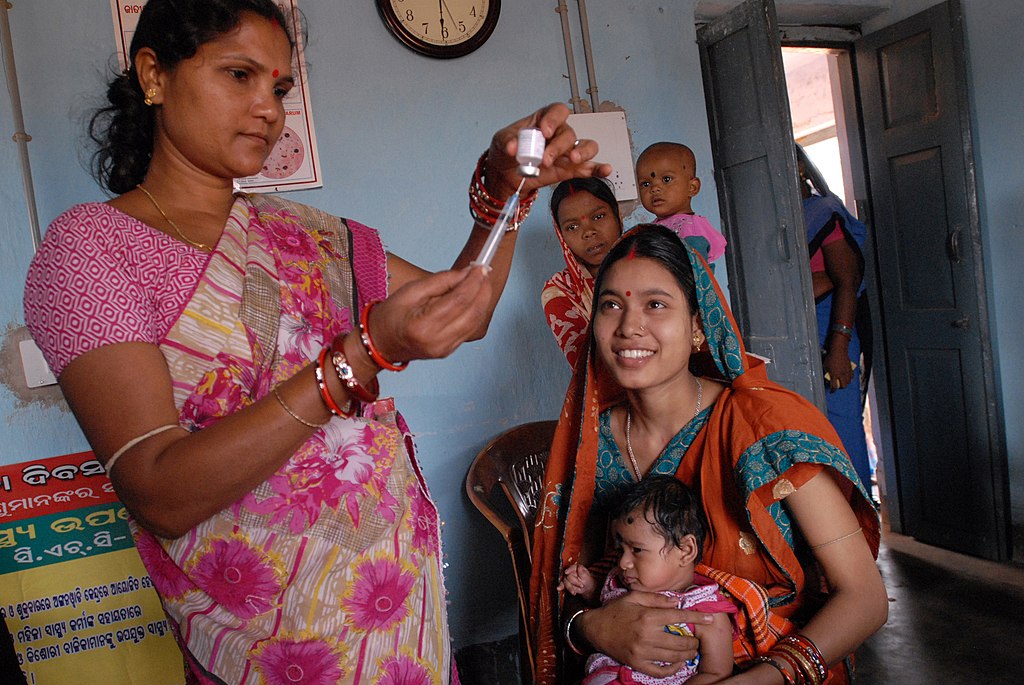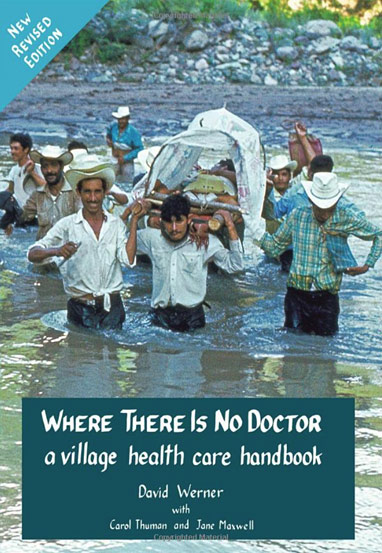
Community Health Workers: Bridging the Gap in Underserved Communities
Nayla Medbouh | April 28, 2025
Community health workers (CHWs) play a vital role in healthcare systems worldwide, significantly impacting rural and underserved communities where an estimated two billion people live beyond the health system’s reach. During my last year of college, I participated in a study abroad program that compared the healthcare systems in the US, Vietnam, Argentina, and South Africa. I saw firsthand the role played by CHWs in addressing the many challenges faced by the healthcare systems in these regions. There are over 3.8 million CHWs globally, many of whom are not adequately trained or compensated for their work even though they significantly improve community health outcomes. This led me to question how CHWs can be better supported and empowered to address health disparities and strengthen global health systems.
Community health workers are often trusted members of their communities, which gives them an advantage in breaking down barriers related to the social determinants of health (non-medical factors that influence health outcomes). They are essential in health education and promotion, raising awareness about key issues like hygiene, nutrition, vaccination, maternal and child health, and more.
In health systems around the world, particularly in more developed countries, there is a greater emphasis on treating illnesses instead of investing in preventative measures. For example, the US allocates 95% of its health budget towards direct medical services, leaving only 5% for prevention and health improvement. This statistic is shocking since medical treatment prevents only a small percentage of deaths compared to the countless lives that could be saved by focusing on prevention. These measures include health screenings, vaccination schedules, general lifestyle advice, and health education. CHWs help shift this focus away from medical treatment to prevention, which can significantly reduce the burden of disease, particularly in rural areas where access to healthcare is limited.
Many challenges and gaps in healthcare are associated with living in rural areas. As part of my study abroad program, I spent time in each country visiting rural communities to learn about their challenges. These included limited healthcare infrastructures, with the closest hospitals sometimes hours away, and workforce shortages where doctors and nurses prefer to live and work closer to the cities. In many cases, CHWs act as a liaison between community members and healthcare providers. Their knowledge and expertise can bring health closer to the community.
For example, in South Africa, I interviewed a CHW who lived in a village outside of Cape Town. Her work relied heavily on traveling from home to home to remind HIV-positive patients to take their medications and educate them on the importance of doing so. Since there is a strong stigma associated with having HIV, one of the main challenges is that people will choose not to seek treatment for fear of what their neighbors might think. In this context, CHWs play a critical role in making sure their community members are staying safe and getting access to the care and medication they need.

These professionals face numerous challenges often exacerbated by their lack of recognition in the healthcare system. Despite playing an integral role, CHWs are frequently overlooked in terms of support, resources, and proper compensation. Beyond practical limitations, this disparity leads them to feel undervalued and underappreciated, ultimately leading to burnout and more strain on a system that is already facing major shortages
With all that being said, the question remains: What can be done to better support CHWs worldwide?
There have been successful models that have officially integrated CHWs into a country’s healthcare system. In 2016, Liberia launched a national community health program that deployed just under 5000 professional health workers to every rural community in the country. The initiative focused on training these individuals, expanding the services they can provide, and was committed to strengthening gender equity. This program saw continued success in Liberia, and these workers were able to make a significant impact by treating over one million childhood cases of pneumonia, malaria, and diarrhea and diagnosing and treating 50% of confirmed malaria cases for children under the age of five by 2020. These achievements prove that it is possible to successfully integrate CHWs into national systems and appropriately train and compensate them for their work.
Communities and their needs vary tremendously – there won’t be a single solution or model that will work for every system. However, it remains clear that there needs to be increased support for CHWs worldwide by investing in training, resources, and fair compensation to ensure these workers can continue to address health disparities in underserved communities. Additionally, redirecting funds and energy towards CHWs and emphasizing preventative care could offer long-term relief for healthcare systems globally by reducing the overall burden of disease and promoting healthier populations.
Nayla Medbouh is a graduate Emory University in the United States, and holds a bachelor’s degree in chemistry with a minor in global health. As part of her undergraduate program, she traveled to South Africa, Argentina and Vietnam to study health culture in those national contexts.


